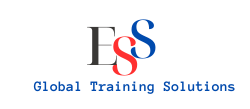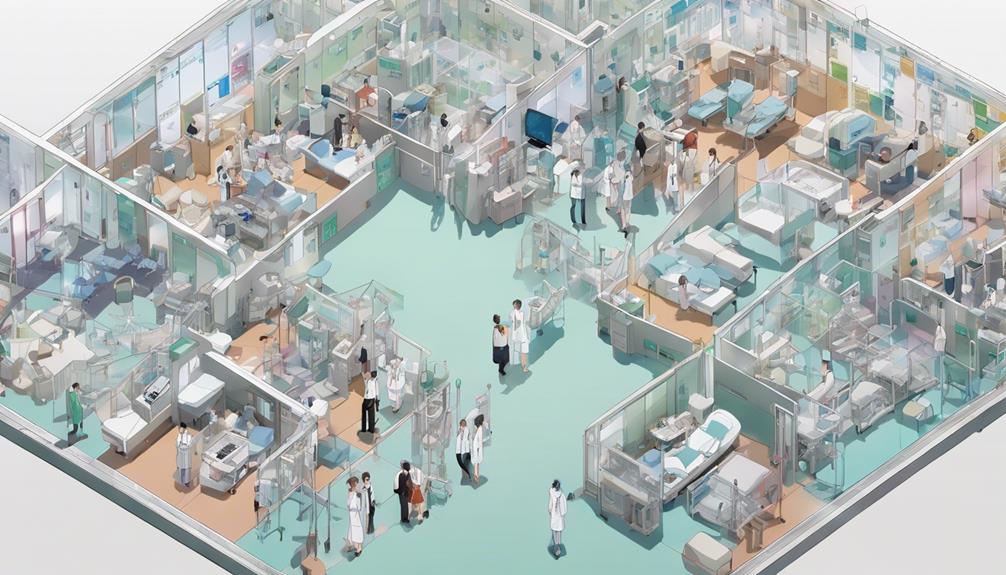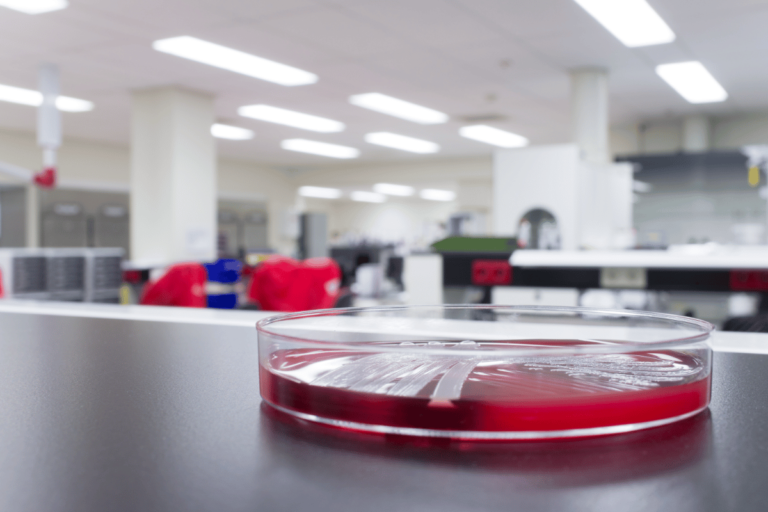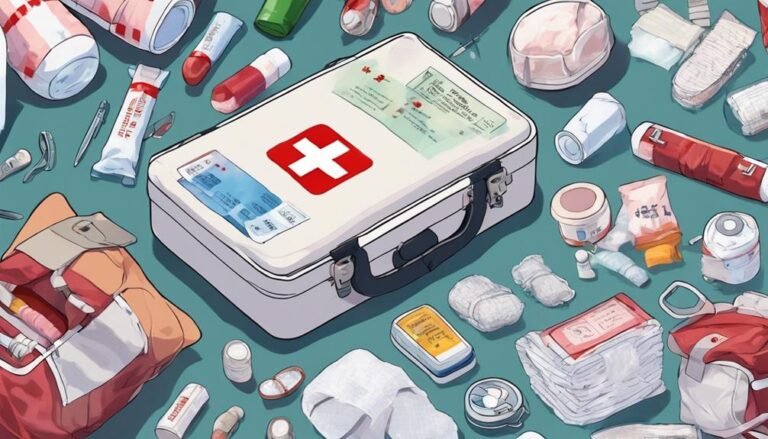How to Be More Strategic in Managing Healthcare Facilities
When steering the intricate landscape of healthcare facility management, you must approach it like a skilled captain charting a course through turbulent waters.
The ability to guide your facility towards success relies on a blend of strategic planning, data-driven decision making, and technology integration.
However, there are more elements to contemplate that can elevate your facility's performance to new heights.
Stay tuned to discover the key strategies that will transform your healthcare facility management approach and set you on a path to excellent operational efficiency and patient satisfaction.
Key Takeaways
- Engage stakeholders for insights and alignment.
- Utilize data analytics for informed decision-making.
- Optimize resource allocation through technology integration.
- Ensure regulatory compliance and emergency preparedness.
Importance of Strategic Planning
Strategically planning the future direction of healthcare facilities is important for long-term success and sustainability. To achieve this, strategic alignment and stakeholder engagement are essential. Ensuring that all aspects of the facility's operations are in line with its overall goals and that stakeholders are actively involved in decision-making processes can lead to a more cohesive and effective healthcare facility.
Developing a long-term vision is a key component of strategic planning. This involves setting clear objectives and goals that align with the facility's mission and values. By having a well-defined long-term vision, healthcare facilities can better allocate resources towards initiatives that support their overarching strategic direction.
Effective resource allocation is another crucial aspect of strategic planning for healthcare facilities. By carefully distributing resources such as finances, personnel, and technology based on the facility's long-term goals, they can optimize their operations and ensure sustainable growth. Engaging stakeholders in this process can provide valuable insights and perspectives that can inform more informed decision-making.
Data-Driven Decision Making
Utilizing data-driven approaches in decision making enhances the efficiency and effectiveness of healthcare facility management. Data analytics play a pivotal role in guiding strategic decisions within healthcare facilities. By analyzing data on patient outcomes, resource utilization, and operational efficiency, managers can identify trends, predict future needs, and optimize workflows. Incorporating data analytics into the decision-making process enables proactive problem-solving and resource allocation.
In the decision-making process, data-driven insights provide a clear understanding of current performance metrics and areas for improvement. By leveraging data analytics, healthcare facility managers can make informed decisions that are more likely to lead to positive outcomes. For example, data on patient satisfaction scores can help identify service areas that require attention, leading to targeted improvements that enhance overall patient experience.
Technology Integration
When it comes to technology integration in managing healthcare facilities, it's vital to focus on data-driven decision-making and streamlining operational processes.
By harnessing data analytics and automation tools, you can enhance efficiency and optimize resource allocation.
Embracing technology advancements enables you to stay ahead in the rapidly evolving healthcare landscape.
Data-Driven Decision-Making
Integrating technology for data-driven decision-making in healthcare facilities enhances operational efficiency and improves patient outcomes. By leveraging data analysis tools, healthcare providers can extract valuable insights from vast amounts of information. These insights aid in identifying trends, predicting patient needs, and optimizing resource allocation.
Decision support systems further empower healthcare professionals to make informed choices by providing real-time data and evidence-based recommendations. Through the integration of technology, facilities can streamline processes, reduce errors, and guarantee a higher standard of care.
Embracing data-driven decision-making not only enhances efficiency but also promotes a patient-centric approach, ultimately leading to better outcomes and a more effective healthcare system.
Streamlining Operational Processes
By harnessing advanced technologies, healthcare facilities can guarantee their operational processes for increased efficiency and improved patient care outcomes. Process guarantee and efficiency improvement are key goals that can be achieved through workflow automation and strategic resource allocation.
Implementing technology integration allows for streamlined workflows, reducing manual errors and enhancing overall productivity. Through automated systems, tasks such as patient scheduling, inventory management, and billing processes can be expedited, freeing up valuable time for healthcare staff to focus on patient care.
Efficient resource guarantee ensures that equipment, staff, and supplies are utilized effectively, minimizing waste and maximizing operational effectiveness. Embracing technology in operational processes not only guarantees the quality of care but also contributes to the overall success of healthcare facilities.
Staff Training and Development
To maximize efficiency and promote growth within your healthcare facility, consider the importance of ongoing skills enhancement, role-specific training programs, and performance evaluation and coaching for your staff.
By continuously improving their skills and knowledge, employees can adapt to the evolving healthcare landscape and deliver high-quality care.
Ensuring each team member receives targeted training and support tailored to their role can optimize performance and foster a culture of excellence.
Ongoing Skills Enhancement
Enhancing staff skills through continuous training and development is essential for ensuring the efficiency and effectiveness of healthcare facilities. To enhance ongoing skills, consider the following:
- Leadership Development: Provide opportunities for staff to enhance their leadership skills, empowering them to make informed decisions and lead their teams effectively.
- Strategic Communication: Offer training on effective communication strategies to guarantee clear and concise information flow within the facility, enhancing collaboration and reducing errors.
- Problem-Solving Skills: Conduct workshops or seminars focused on improving problem-solving abilities, equipping staff to address challenges promptly and efficiently.
Role-Specific Training Programs
Implementing role-specific training programs tailored to individual staff members' responsibilities is vital for optimizing performance and enhancing overall operational efficiency in healthcare facilities. By providing targeted training, employees can develop the necessary skills to excel in their specific roles, leading to improved patient care and organizational success. These programs guarantee that staff members are equipped with the knowledge and tools needed to perform their duties effectively. Additionally, role-specific training fosters a sense of competence and confidence among employees, boosting morale and job satisfaction. Through ongoing skill development, healthcare facilities can stay ahead in a rapidly evolving industry. The table below illustrates the benefits of role-specific training programs in healthcare facilities.
| Benefits of Role-Specific Training Programs |
|---|
| Enhanced performance |
| Improved job satisfaction |
| Tailored skill development |
Performance Evaluation and Coaching
For effective staff training and development in healthcare facilities, a structured approach to performance evaluation and coaching is essential. Providing regular performance feedback and coaching sessions can greatly enhance employee development and overall facility performance.
Here are three key components to take into account for effective performance evaluation and coaching:
- Regular Feedback Sessions: Schedule periodic meetings to discuss performance, set goals, and provide constructive feedback.
- Individual Development Plans: Work with each staff member to create personalized development plans focusing on areas for improvement and career advancement.
- Leadership Development Programs: Implement training programs to nurture leadership skills among staff, ensuring a pipeline of capable leaders within the facility.
Cost Management Strategies
To optimize cost management in healthcare facilities, it's important to analyze operational expenses meticulously and identify areas for potential savings and efficiencies. Start by focusing on budget optimization, where a detailed review of current expenses can highlight opportunities for cost reduction.
Look into resource allocation next, making sure that resources are allocated efficiently to meet the facility's needs without unnecessary overspending. Implementing cost-effective measures, such as streamlining procurement processes or negotiating better vendor contracts, can lead to significant savings.
Additionally, consider leveraging technology to automate tasks and reduce manual labor costs. Investing in energy-efficient systems can also result in long-term savings on utility bills.
Regularly monitoring and adjusting your cost management strategies based on performance data is important to staying on track with financial goals. By continuously evaluating and optimizing your budget and resource allocation, you can make certain that your healthcare facility operates efficiently and cost-effectively without compromising the quality of care provided.
Regulatory Compliance
When it comes to regulatory compliance in managing healthcare facilities, it's important to understand the Compliance Requirements Overview, ensuring you have a clear grasp of the rules and standards that must be met.
Training and Education play a significant role in preparing your staff to adhere to these regulations effectively.
Additionally, implementing robust Auditing and Monitoring processes will help you proactively identify and address any compliance gaps before they escalate.
Compliance Requirements Overview
Understanding the intricate web of regulatory compliance requirements is essential for effectively managing healthcare facilities. To navigate this complex landscape, make sure you stay up-to-date with compliance training and regulatory audits.
Here are three key points to keep in mind:
- Conduct regular compliance training sessions to educate staff on the latest regulations and best practices.
- Implement a system for tracking and documenting compliance activities to prepare for regulatory audits efficiently.
- Stay proactive by regularly reviewing and updating policies and procedures to align with changing compliance requirements.
Training and Education
For efficient regulatory compliance management in healthcare facilities, prioritize ongoing training and education sessions for staff. Skill acquisition plays an essential role in ensuring that employees understand and adhere to regulatory requirements. By investing in continuous professional development, healthcare facilities can equip their staff with the necessary knowledge and expertise to navigate complex compliance standards effectively.
Training programs should cover a wide range of topics, including privacy laws, safety protocols, and documentation standards. Regular educational sessions not only enhance staff competency but also foster a culture of compliance within the organization.
Emphasizing the importance of staying up-to-date with regulatory changes through training initiatives is key to promoting a proactive approach to compliance management.
Auditing and Monitoring
To effectively guarantee regulatory compliance in healthcare facilities, establish a systematic auditing and monitoring process to proactively identify and address any potential gaps or non-compliance issues.
Conduct regular compliance audits to assess adherence to regulations, focusing on risk mitigation strategies to prevent violations.
Implement performance monitoring protocols to track key metrics and operational efficiency, enabling resource optimization.
Utilize advanced software solutions to streamline data collection and analysis, facilitating real-time insights into compliance status.
Emergency Preparedness Plans
During a crisis, having a thorough emergency preparedness plan in place is essential for ensuring the safety and well-being of healthcare facility staff and patients. Effective emergency response and disaster planning are critical components of such a plan. Here is a breakdown of key elements to take into account when developing your facility's emergency preparedness plan:
| Key Elements | Description |
|---|---|
| Risk Assessment | Identify potential hazards and vulnerabilities within the facility. |
| Communication Plan | Establish protocols for internal and external communication during crises. |
| Training and Drills | Conduct regular training sessions and drills to prepare staff for emergencies. |
| Resource Allocation | Determine resource needs and logistics for efficient response and recovery. |
Patient-Centered Care Approach
Incorporating a patient-centered care approach within healthcare facilities involves prioritizing individual needs and preferences to enhance overall satisfaction and outcomes. This approach emphasizes the importance of tailoring care to meet the specific requirements of each patient, ultimately leading to improved patient satisfaction and better health outcomes.
To effectively implement a patient-centered care approach, consider the following:
- Active Listening: Take the time to actively listen to patients, understanding their concerns and preferences to provide personalized care that meets their needs.
- Empowering Patients: Involve patients in decision-making processes regarding their care, empowering them to take an active role in managing their health.
- Promoting Care Coordination: Facilitate seamless communication and collaboration among healthcare providers to make sure that patients receive integrated and all-encompassing care.
Sustainable Facilities Management
Embrace sustainable facilities management practices to enhance operational efficiency and reduce environmental impact within healthcare settings. Implementing energy-efficient solutions, such as LED lighting and motion sensors, can greatly lower electricity consumption. This not only decreases operational costs but also reduces the carbon footprint of the facility, contributing to a greener environment.
Waste reduction is another important aspect of sustainable facilities management. By implementing recycling programs and reducing single-use items, healthcare facilities can minimize the amount of waste generated. This not only benefits the environment but also promotes a culture of sustainability among staff and patients.
Regularly monitoring energy usage and waste generation through data tracking and analysis allows for the identification of areas where improvements can be made. By proactively addressing inefficiencies, healthcare facilities can optimize their operations and make significant strides towards sustainability. Embracing sustainable facilities management practices not only aligns with environmental stewardship but also enhances the overall operational effectiveness of healthcare facilities.
Continuous Quality Improvement
To propel your healthcare facility towards operational excellence and heightened patient care, prioritize a relentless focus on continuous quality improvement. Quality improvement initiatives are crucial for enhancing the effectiveness and efficiency of your facility's operations. By implementing structured processes to monitor, evaluate, and enhance the quality of care provided, you can drive positive outcomes for both your patients and your organization.
- Regular Performance Reviews: Conduct regular reviews of key performance indicators to identify areas for improvement and track progress over time.
- Staff Training Programs: Offer ongoing education opportunities to your staff to make certain they're up-to-date with the latest best practices and can deliver high-quality care.
- Patient Feedback Mechanisms: Establish mechanisms for collecting and analyzing patient feedback to identify areas where improvements can be made to enhance the overall patient experience.
Conclusion
Congratulations on taking the first step towards becoming a more strategic healthcare facility manager! By implementing data-driven decision making, embracing technology, and prioritizing staff training, you're setting yourself up for success.
Remember, the sky's the limit when it comes to improving patient care and operational efficiency. Keep pushing boundaries, challenging the status quo, and aiming for excellence in all aspects of healthcare management.
The future of your facility is brighter than a thousand suns!







